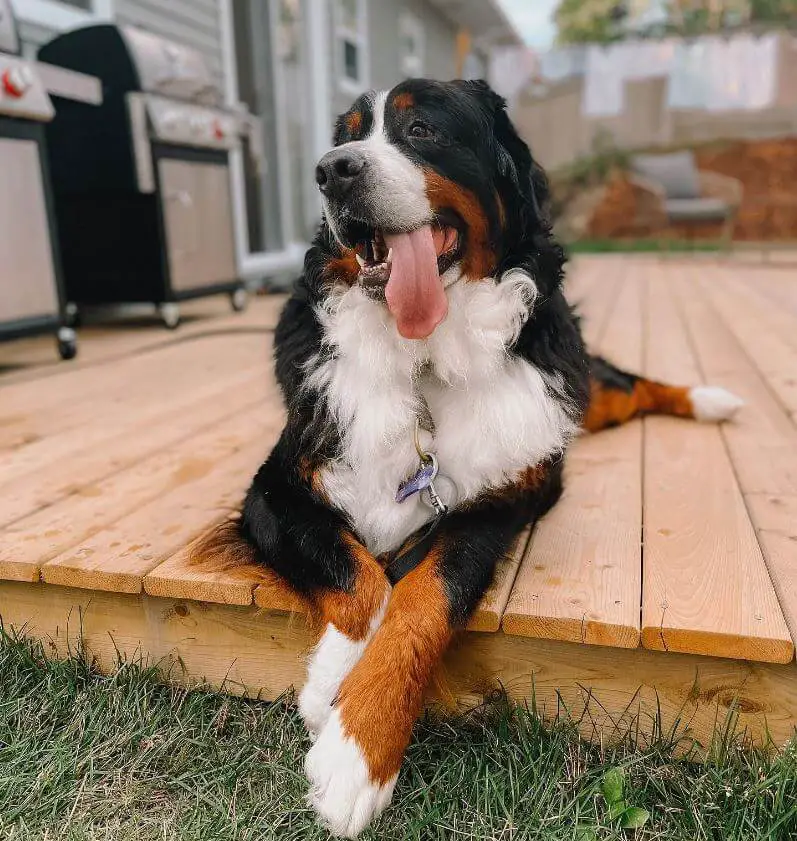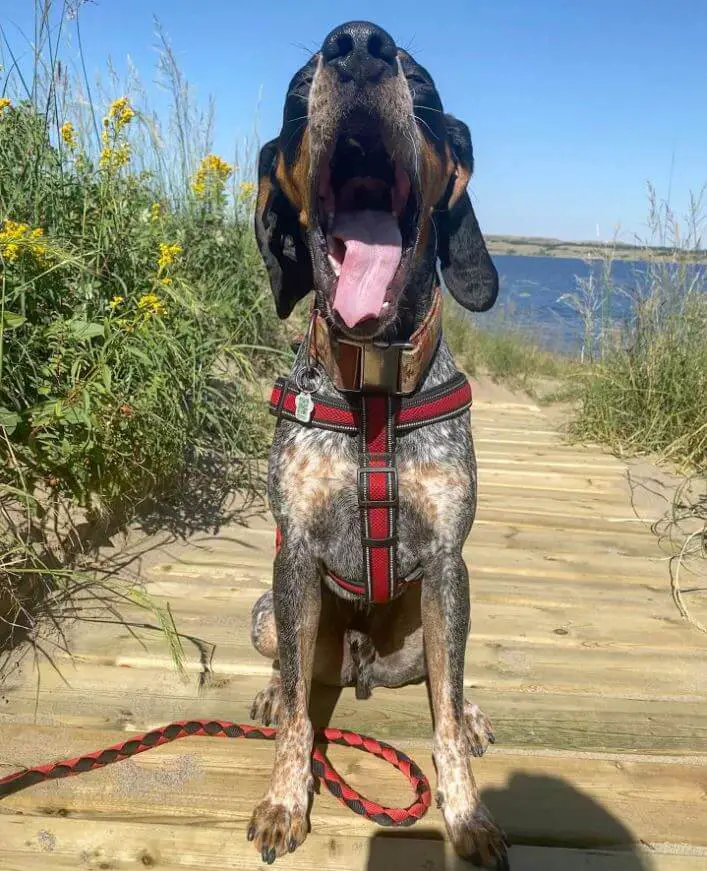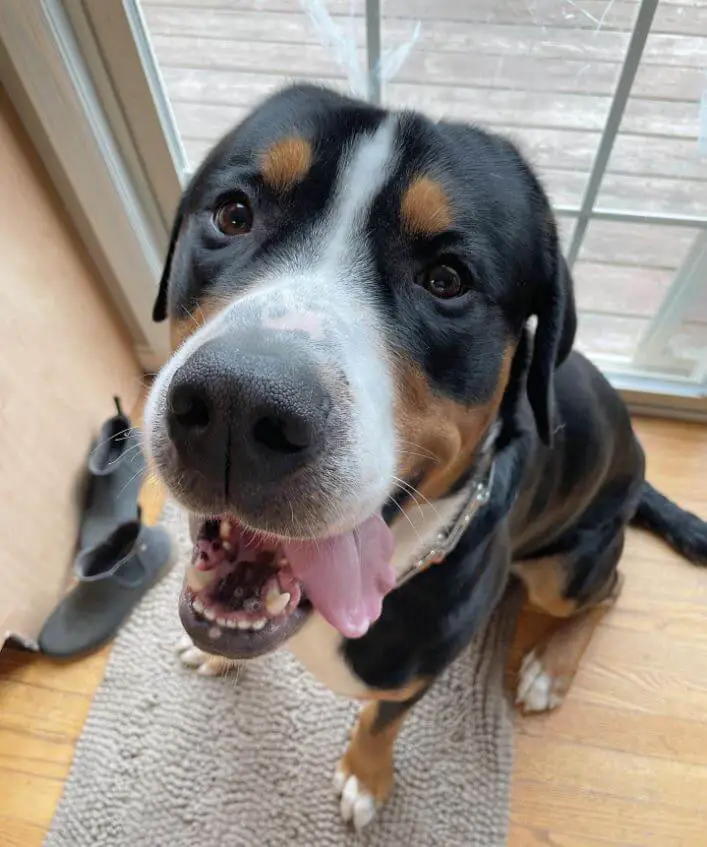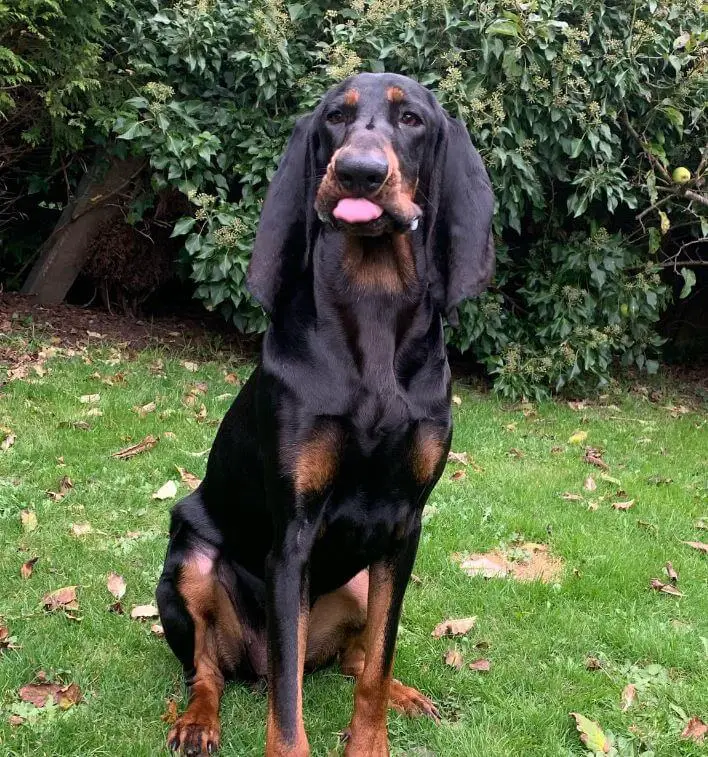As humans, we know that we sweat to regulate our body temperature and cool down during hot weather or intense physical activity. But what about our furry friends? Do dogs sweat too? The answer is yes, but not in the same way we do.

In this article, we’ll explore the fascinating world of canine sweat glands and cooling mechanisms, and answer some common questions about dogs and sweating.
Do dogs have sweat glands?
Yes, dogs have sweat glands, but not as many as humans do. Humans have two to five million sweat glands, while dogs only have about 5% of that amount. Canine sweat glands are primarily located in their paw pads and nose, and they serve a different purpose than human sweat glands.
How do dogs cool down?
Unlike humans, who rely on sweating to cool down, dogs use panting as their primary cooling mechanism. When dogs pant, they rapidly inhale and exhale air, which evaporates moisture from their tongue, mouth, and upper respiratory tract. This cools their body down by dissipating heat through the evaporation of moisture.

Dogs also rely on their sweat glands to a lesser extent, especially when it comes to cooling their paw pads. When a dog sweats through their paw pads, the moisture evaporates and cools the blood vessels in their feet, which in turn cools their entire body.
When do dogs sweat?
Dogs sweat through their paw pads and nose all the time, but they don’t rely on sweating to cool down as much as humans do. They’ll start sweating more when they’re exposed to hot and humid weather, or during intense physical activity.

Do some dog breeds sweat more than others?
Yes, some dog breeds are more prone to sweating than others. Brachycephalic breeds, such as Bulldogs, Pugs, and Boxers, are more prone to overheating because of their shortened airways, which can make it harder for them to cool down through panting. Dogs with thicker coats, such as Huskies and Malamutes, are also more prone to overheating in warm weather.
What are the signs of heat exhaustion in dogs?
Heat exhaustion is a serious condition that can be life-threatening if left untreated. Signs of heat exhaustion in dogs include excessive panting, drooling, red gums, vomiting, diarrhea, and lethargy. If you suspect your dog is suffering from heat exhaustion, move them to a cool, shaded area, offer them water, and contact your veterinarian immediately.

In conclusion, while dogs do sweat, they rely more on panting as their primary cooling mechanism. It’s important to monitor your dog’s behavior during hot weather or intense physical activity, and to take steps to keep them cool and prevent heat exhaustion. Understanding how dogs cool down can help you keep your furry friend safe and comfortable in any weather condition.
